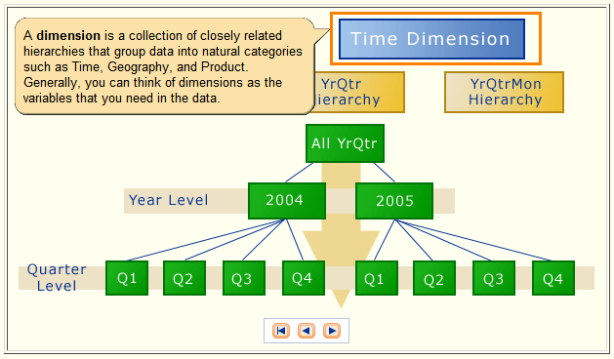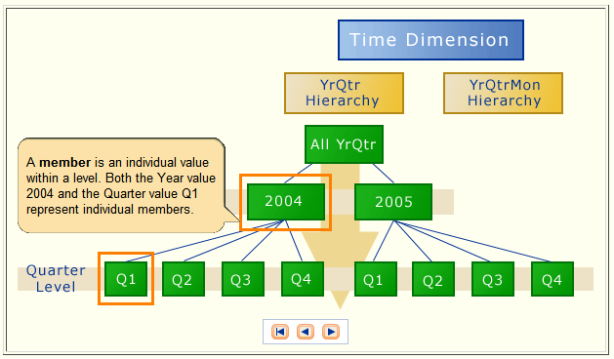Automatic Macro Variable SYSNOBS: Contains the number of observations read from the last data set that was closed by the previous procedure or DATA step.
Macro Function %SYSMACEXIST: Indicates whether there is a macro definition exist in the WORK.SASMACR catalog.
Macro Statement %SYSMACDELETE: Deletes a macro definition from the WORK.SASMACR catalog.
Till SAS 9.2, the alternate code what we used to write is:
proc catalog catalog=work.sasmacr;
delete helloworld.macro;
quit;
More macro debugging with MAUTOCOMPLOC System option: Displays in the SAS log the source location of the autocall macros when the autocall macro is compiled.









